How to Photograph Lightning (With Awesome Examples)
By Rob Wood
Probably one of the most common questions we get at Light Stalking is how to photography lightning and get those spectacular shots you see in magazines. But photographing lightning can be a damn tricky thing to attempt. Besides the obvious safety concerns, the photographic variables are difficult to overcome and the conditions don’t usually make for easy shooting. Even so, as the shots below show, good preparation and knowledge of how to photograph lightning properly can lead to some incredible photography!
 photo by Brandon Morgan
photo by Brandon Morgan photo by Emil Jarfelt
photo by Emil JarfeltCamera Equipment for Photographing Lightning
It’s important to get your setup right and this is something you have a little while to think about (unlike the actual process of shooting lightning which can be quite adrenalin-filled). Here’s some of the stuff you will need as part of your quest:- camera capable of letting you set the shutter speed manually (usually you’ll need to use the B setting for shutter speed so a Mirroless or DSLR is probably what you will need).
- cable or remote shutter release
- sturdy tripod (the heavier the better as wind can move it around)
- if you're a film shooter, ISO 100 film or equivalent digital setting (ISO 200 is also acceptable and even preferable for certain situations explained below)
 photo by Skeeze on Pixabay
photo by Skeeze on PixabayThe Technique for Photographing Lightning
The Simple ExplanationIn a perfect scenario, learning the technique and settinhs for how to photograph lightning at night should be quite simple.
Just make sure the camera is on a tripod and you have a cable or remote shutter release. Set the focus to infinity, the ISO to 100 or 200 (on DSLRs) and choose the aperture accordant to the intensity of the lightning. Then open the shutter until the lightning goes off and then shut it just after you get a flash of lightning. This is obviously a lot easier in situations where there is a lot of lightning and you can try multiple times. If you really want to get things right, then it's probably a good idea for you to study the ways that landscape photographers assure themselves of getting sharp images – while you probably won't be able to match the sharpness of a landscape taken in perfect conditions due to the usual stormy nature of lightning photography, the general technique will still serve you well (just be aware that your aperture settings might need to be different depending on the intensity of the lightning strikes which we will talk about below).
While it is not necessary to do any more than above, there are also a lot of devices on the market that can detect lightning and fire the shutter of the camera at the ideal time. While not specifically necessary, these types of devices can make life easier for a lightning photographer. There is no real need to get them, but they are useful.
 photo by Jeremy Bishop
photo by Jeremy BishopHow to Choose the Correct Aperture for Lightning Photos
This is going to take a little bit of judgement on your part and largely relies on how intense the lightning is and how far away it is. This table is a guide to what you’ll probably need to shoot at. It is not set in stone. The top row refers to the brightness of the lightning and the first column refers to how far away the lightning is.
| Blinding | Average | Dull | |
| Close Lightning | ISO 100 @ f/16-22 | ISO 100 @ f/5.6-11 | ISO 100 @ f/5.6 |
| Mid-distance | ISO 100 @ f/11 | ISO 100 @ f/5.6 | ISO 200 @ f/4-5.6 |
| Distant Lightning | ISO 200 @ f/4 | ISO 200 @ f/2.8 | ISO 200 @ f/2.8 |
Note: Unless you are a hard core storm chaser, most of the time you are going to be photographing distant lightning so you will probably need a wide aperture.
 photo by Lucy Chian
photo by Lucy ChianHow to Photograph Lightning With Good Composition
When you are intent on photographing one component of a scene, it is very easy to get caught up in just that one thing. It's easy to forget that lightning is simply one aspect of your overall composition.What this means is that you need to be thinking of the overall scene of your photography. Look at the images on this page for example – the most effective ones would have been reasonable shots even without the lightning. It is imperative that you think of the components of a good composition in order to achieve the most effect lightning images. Check out our article on 7 composition tips for landscape photography to give you a start on that.
Storm Safety
Storms are dangerous things and when learning how to photograph lightning it is important to remember than safety is far more important than any photograph. Photographing lightning might sound exciting, but it’s also quite dangerous. Remember that if a storm is nearby and you are on a hill, on top of a building, near a tree, in an open field, on the phone or near a power pole or fence, then you are already in danger. Be sensible. Check out this lightning safety page before you do anything and when you have finished reading it, read this one too.A few of the tips from their fact sheet include:
- Lightning is likely to strike the tallest objects in a given area—you should not be the tallest object.
- Avoid isolated tall trees, hilltops, utility poles, cell phone towers, cranes, large equipment, ladders, scaffolding, or rooftops.
- Avoid open areas, such as fields. Never lie flat on the ground.
- Retreat to dense areas of smaller trees that are surrounded by larger trees, or retreat to lowlying areas (e.g., valleys, ditches) but watch for flooding.
- Avoid water, and immediately get out of and away from bodies of water (e.g., pools, lakes).
 photo by Sebastian Voortman
photo by Sebastian VoortmanPatience
Outdoor photography is all about finding the light, finding the composition and being patient. It is one of the ultimate tests of a photographer, but adding lightning to an image takes things to a whole new level with the amount of patience required. It takes a lot of practice to get a good shot of lightning. Be patient. Expect that most of your shots won’t work out. But remember that when one does work out it will be worth the wait.Share this article.





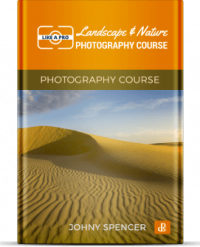 https://resources.digital-photography-school.com/ref/937/
https://resources.digital-photography-school.com/ref/937/


















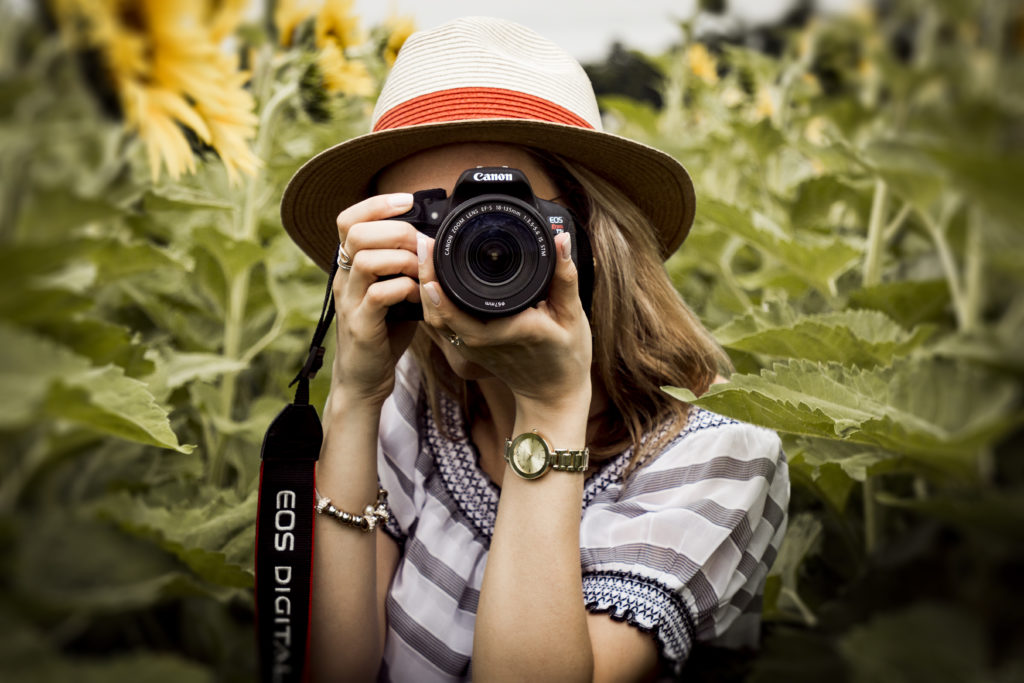
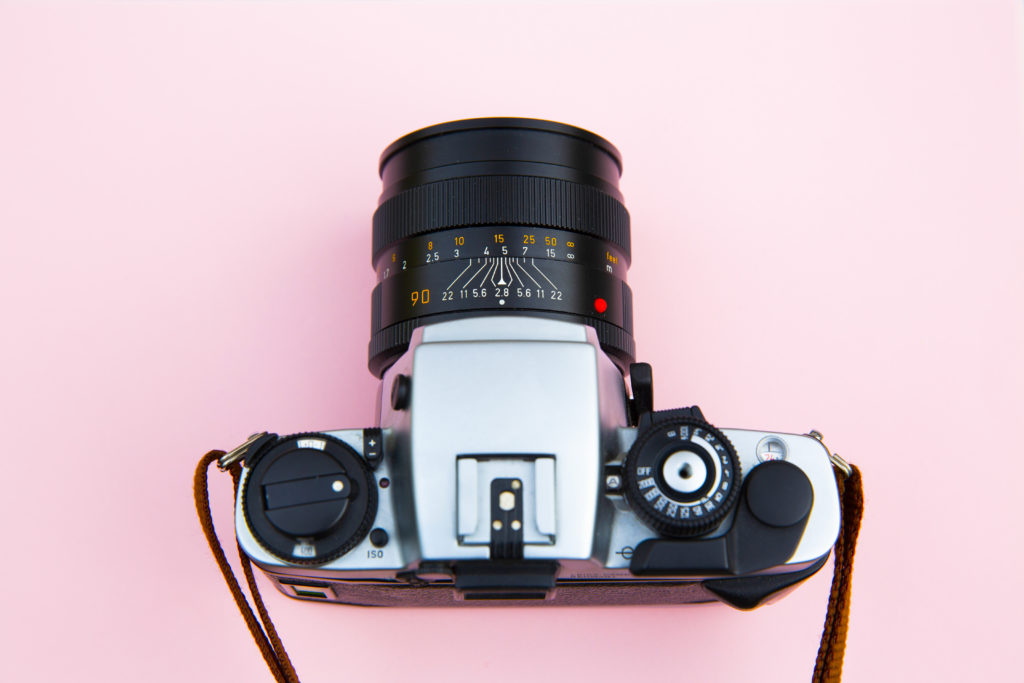
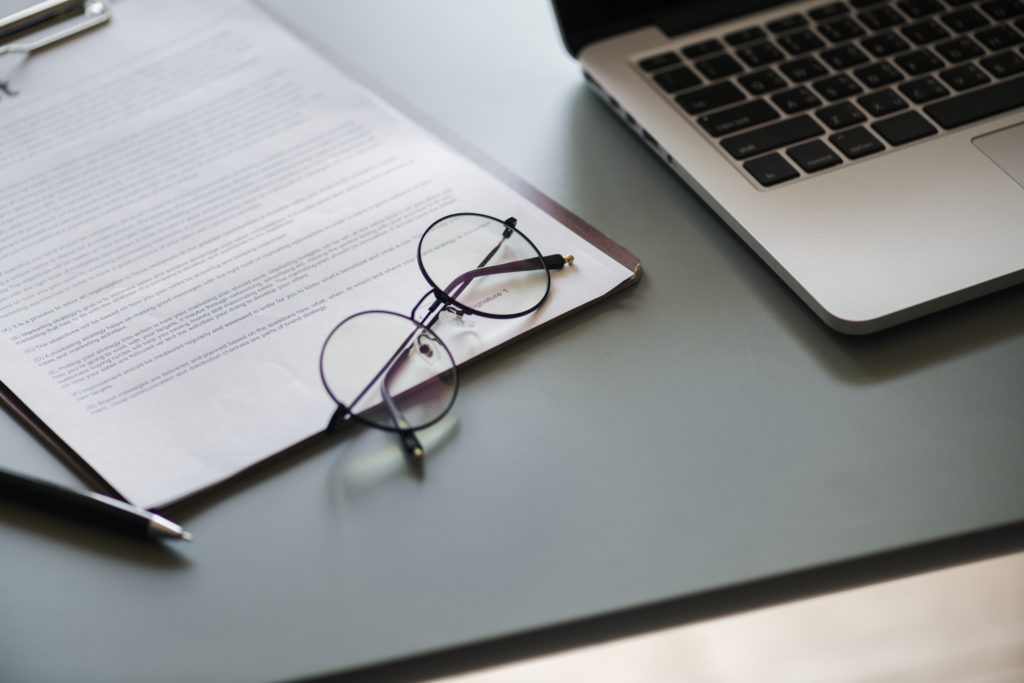
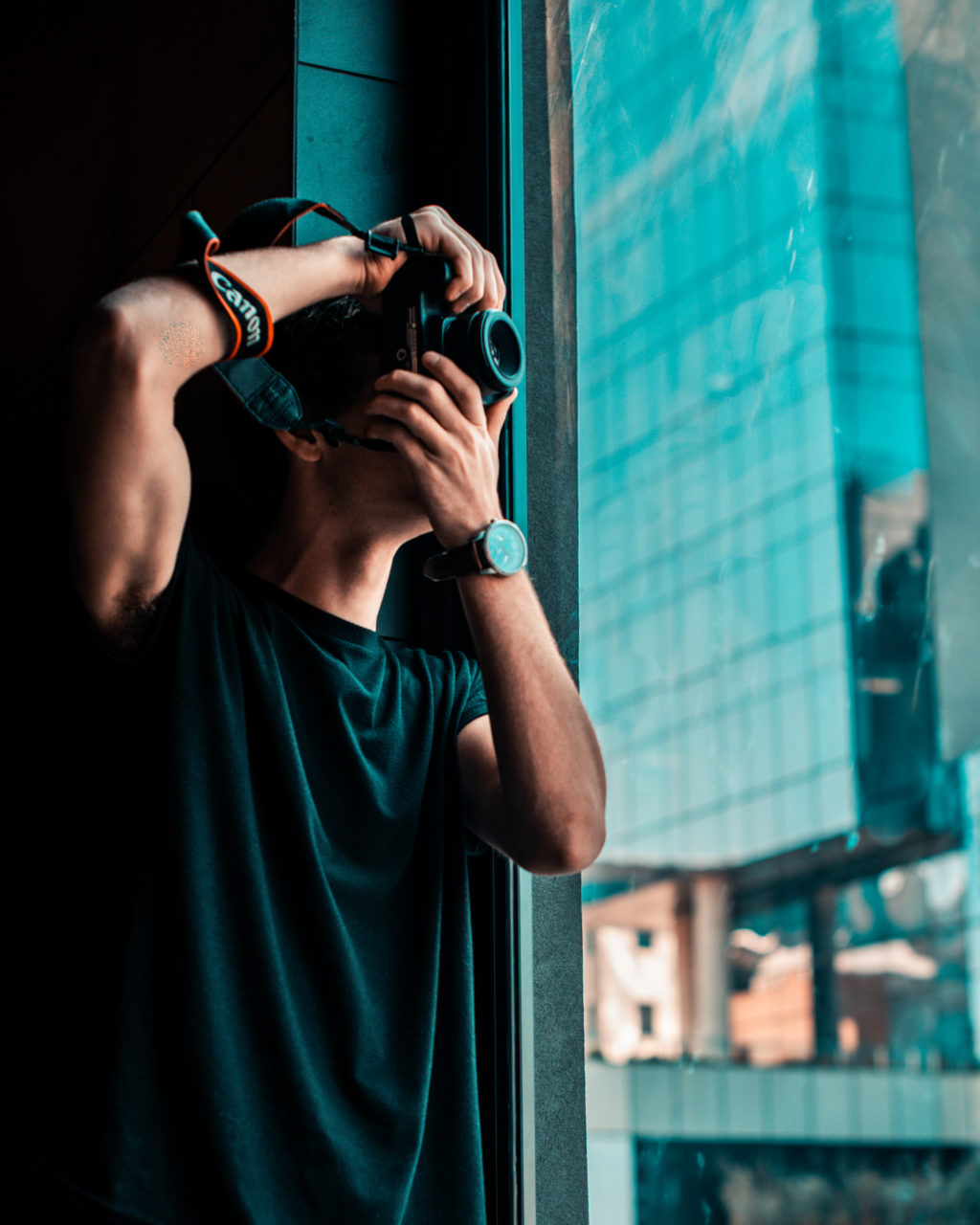
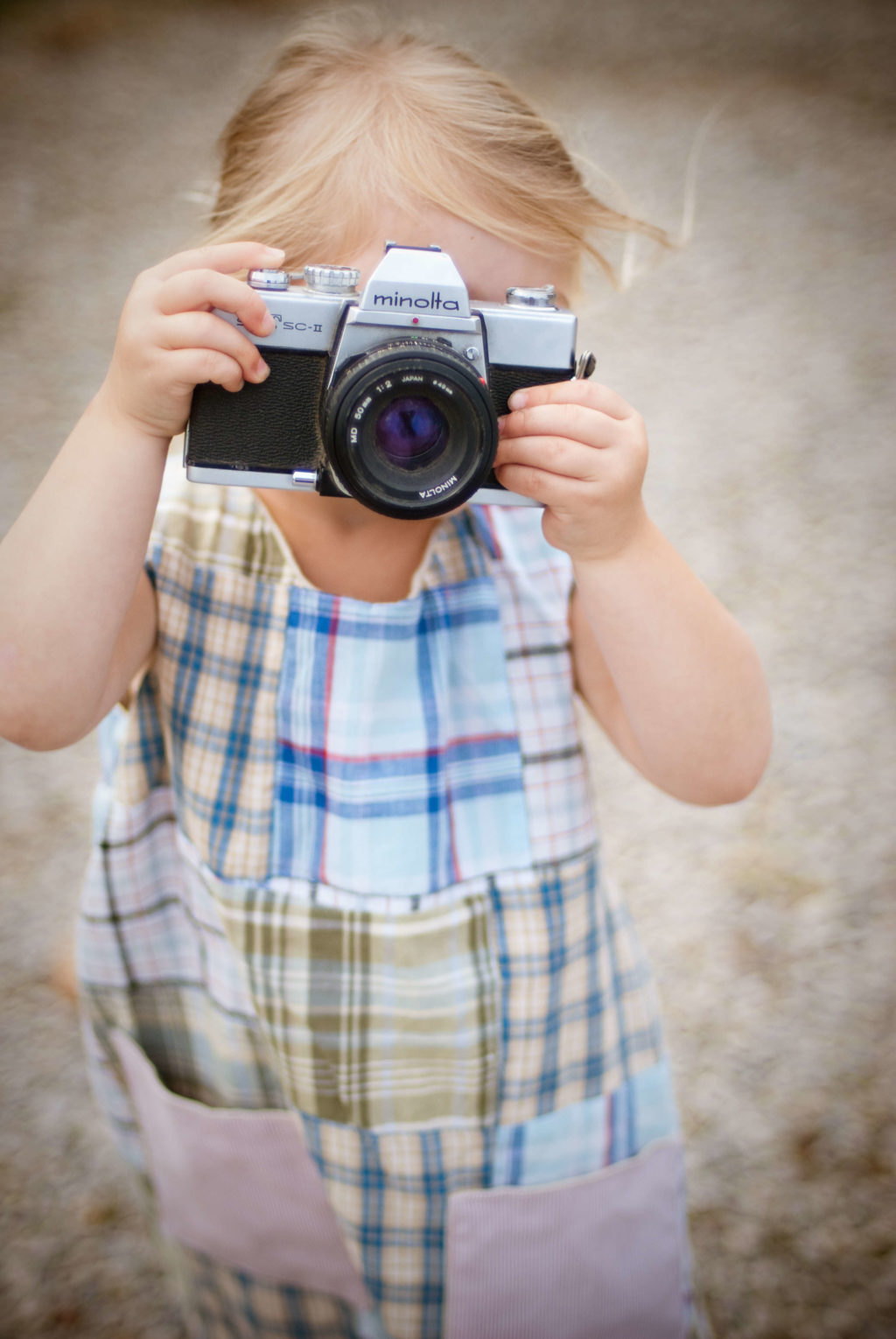
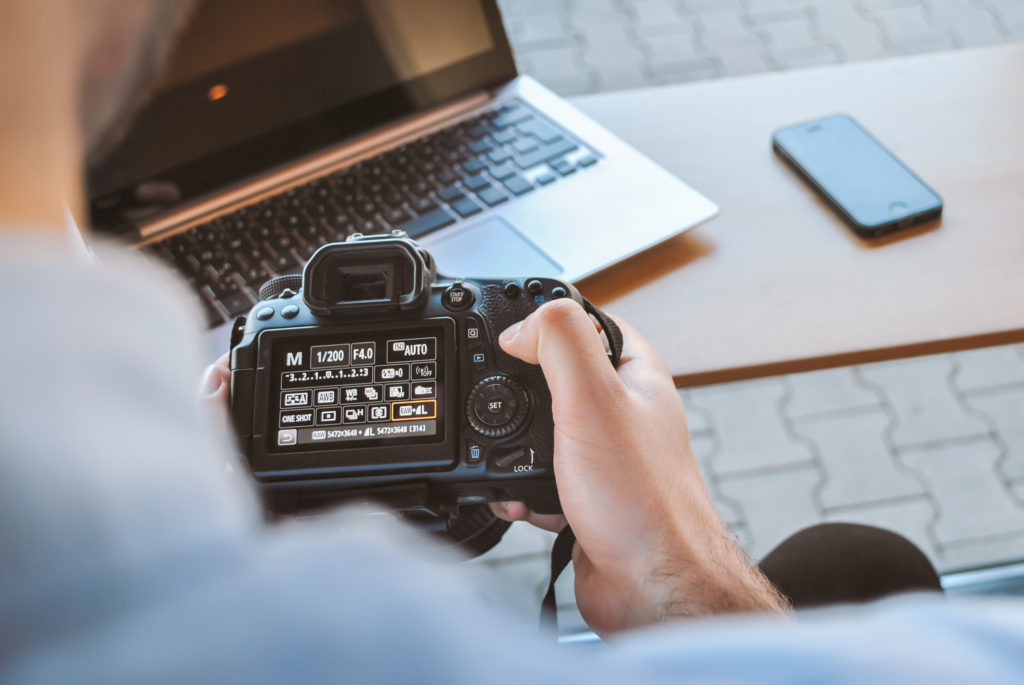






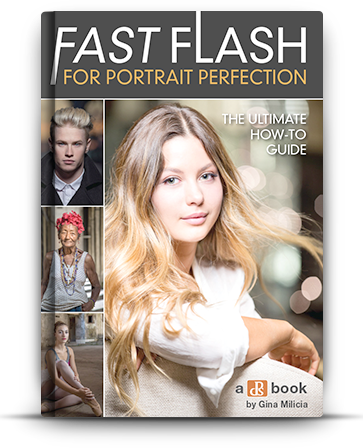



 georgerexta [at] gmail [dot] com
georgerexta [at] gmail [dot] com
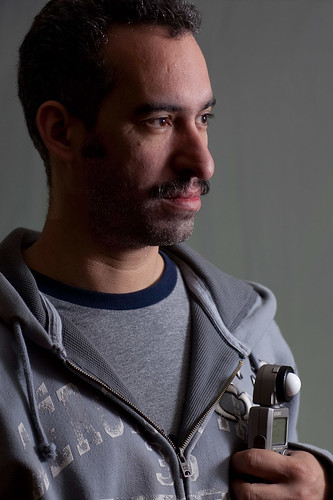 Vox Efx
Vox Efx